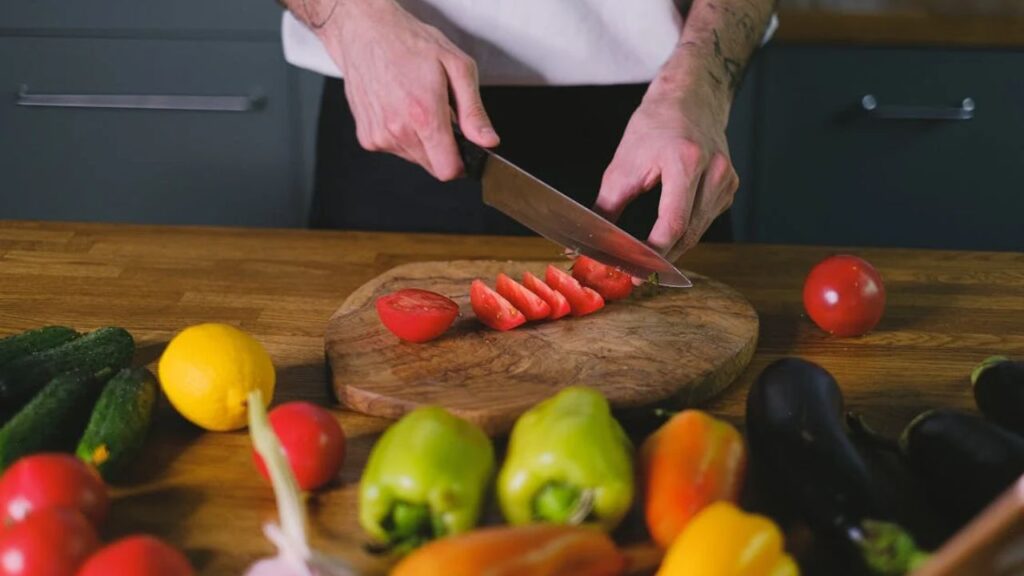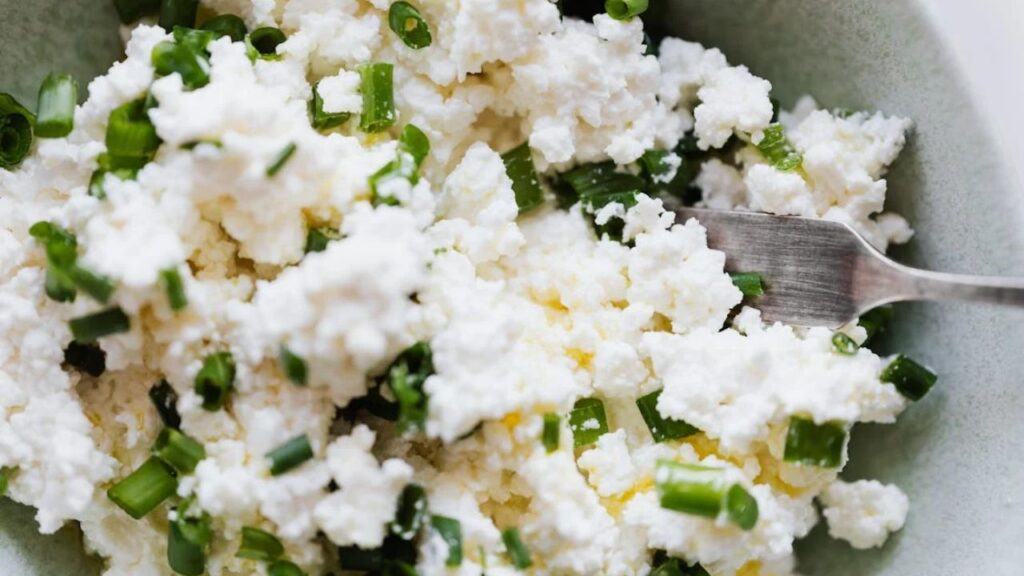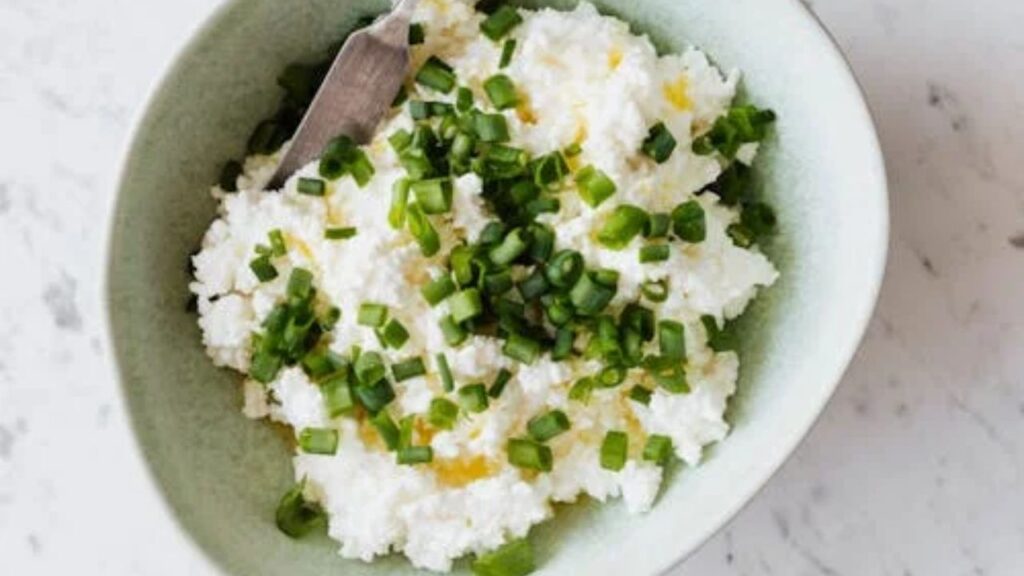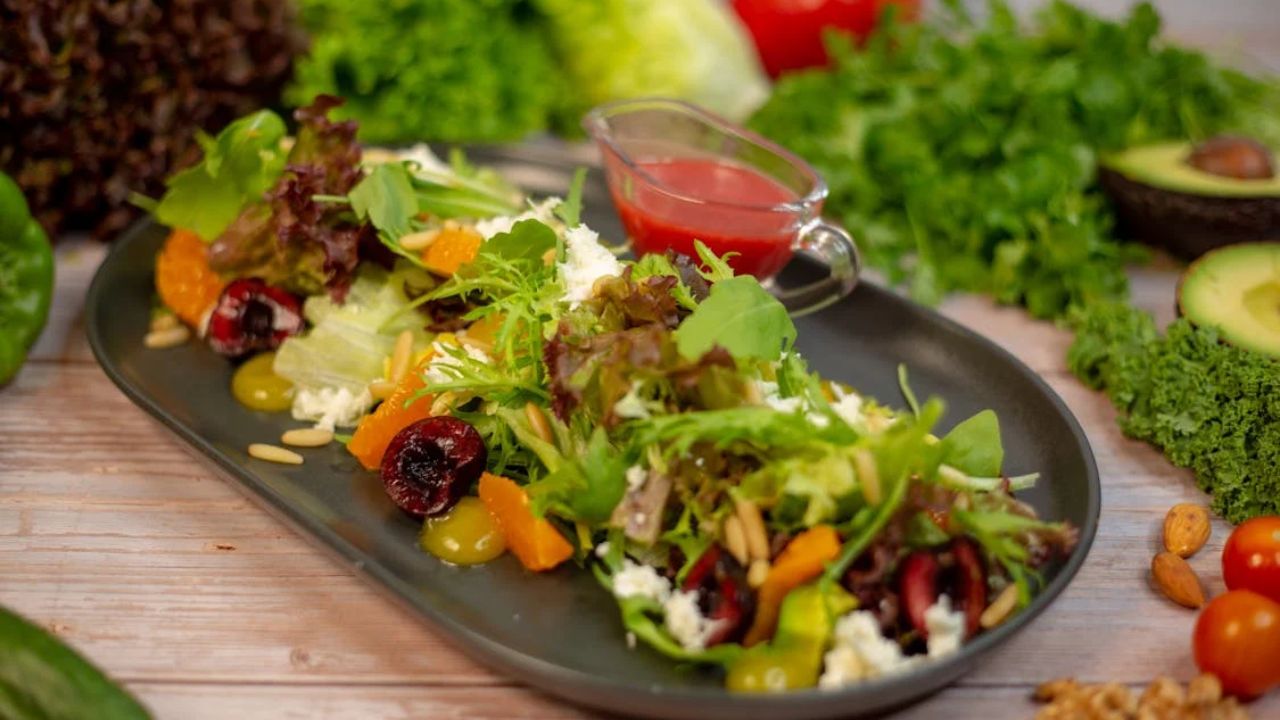Variety, simplicity, and fueling your body with healthy foods that keep you energized define the Roam Diet. Unlike strict diets, this method promotes diversity and creativity, thereby enabling sustainable and pleasurable eating from nutritious foods. Whether your lifestyle is busy professional, parent, or you want to revive your diet, Roam Diet recipes center on simple, nutrient-dense meals that fit your way of life. Let’s explore doable dinner ideas and advice to enable your success!

What Is the roam diet recipes?
The Roam Diet emphasizes sensible, flexible meals rather than rigid regulations or food group cutting-off policies. Consider it as “eating on the go” for your health: dishes are meant to be easy, portable, and nutrient-dense. Combining proteins, complete grains, good fats, and vegetables in ways fit your tastes and timetable is the aim. A Roam Diet breakfast can be overnight oats topped with nuts and berries, for instance; lunch would be a quinoa salad with roasted vegetables and grilled chicken. Meals that fit your daily needs without spending hours in the kitchen take the front stage. This adaptability helps one to maintain long-term good behaviors more easily.
Benefits of Flexible Meal Planning
One of the main advantages of the Roam Diet is how it lessens dinner anxiety. You can replace items depending on what’s in your cupboard or refrigerator instead of strictly following a plan. I have leftover baked sweet potatoes. The next day toss them into a grain bowl or wrap. This reduces food waste and saves money. Flexible meal planning also helps you prevent burnout—that is, avoid eating the same grilled chicken seven days in a row! Rotating foods and flavors will keep you enthusiastic about good eating. Moreover, well balanced meals help to control blood sugar, therefore maintaining your energy level and suppressing appetite.
Quick and Nutritious Breakfast Ideas
Though morning is busy, a Roam Diet breakfast takes a few seconds to make. Create a smoothie bowl by blending frozen bananas, spinach, and almond milk then top with grains and chia seeds. Are you more for something savory? Made on whole-grain bread, whip avocado toast with fried eggs and chili flakes. Another winner are overnight oats—mix rolled oats with yogurt, milk, and honey then chill overnight. Add morning garnishes include sliced almonds or fresh fruit. These dishes balance fats, protein, and carbohydrates to last till lunch. Bonus: Many breakfasts can easily made the evening before!
Easy Lunch Recipes for Busy Days
Lunch doesn’t have to be depressing desk salads. Lunch from the Roam Diet is substantial and portable. Lay chickpeas, quinoa, cherry tomatoes, and spinach in a mason jar salad; then, before shaking, add dressing. Make a vegetable-packed soup (such as lentils or minestrone) for a warm choice and toss it with whole-grain crackers. Another fantastic option are wraps; pack hummus, turkey slices, cucumbers, shredded carrots inside a whole-wheat tortilla. These simple dishes allow you to pack nourishment like protein and fiber to sustain you into the afternoon.

Simple Dinners That Satisfy
Dinner should be easy after a hard day. A Roam Diet mainstay, sheet pan dinners combine salmon, cabbage, and sweet potatoes along with olive oil and seasonings then roast everything at 400°F for 20 minutes. Another go-to are stir-fries, which are served over brown rice after sauté tofu and shrimps with peppers, sugar snap peas, and a slothful of soy sauce. Try roasted cherry tomatoes and pesto zucchini noodles for a plant-based take on things. These recipes optimize taste without many steps and call for little cleanup.
Smart Snacks to Keep You Going
The Roam Diet’s premise is that eating snacks is part of life; simply select foods that increase rather than deplete your vitality. Combine trail mixture with almonds, dark chocolate, and dried fruit or match apple slices with almond butter. Great for protein-packed snacks are also eggs that have been hard-boiled, Greek yogurt alongside berries, or browned edamame. Stow food in containers to prevent mindless eating. These little meals keep you from slumping in the afternoon and support concentration.
Meal Prepping Tips for Success
Sunday planning for an hour helps you to be stress-free for the next week. To add into meals later, cook batches of roasted vegetables, grilled chicken, or quinoa. For hectic days, freeze soups or stews; pack snacks into grab-and-go containers. See what’s inside using clear containers; leftovers are no longer something to forget! Prepping is about having building blocks available rather than about eating the same meal every day. Cooked beans, for instance, can later in the week make tacos, salads, or chili.
Balancing Nutrients in Every Meal
Stimulate variation in order to meet all your dietary requirements. Half of your meal should consist of veggies (paprika, squash or spinach), as well as a quarter protein (chicken, tofu or lentils), quarter whole grain products (brown rice farro or oat). To add endurance, healthy fats like olive oil, almond, avocado can be added. This blend ensures you receive vitamins, fiber, and steady energy. It takes fewer efforts to be colorful and textured than to be perfect.

Using Seasonal Ingredients for Freshness
Seasonal food tastes better and usually runs less expensive. Experiment with grilled peach-and- arugula salads in summer. Fall begs for porridge made with apples-cinnamon or roasted squash. Seasonal eating maintains food interesting and nutrient-dense. See grocery store advertising for what’s in season or visit farmers’ markets. Perfect for smoothies or stir-fries, frozen fruits and vegetables are also a wise backup as they are collected at their best freshness.
Hydration: The Unsung Hero of Energy
Energy and digestion depend on water; nevertheless, ordinary H2O might be monotonous. For taste, sprinkle it with lemon, cucumbers, or mint. Good substitutes include herbal teas or sparkling water with a little juice splosh. Before coffee, start your day with a glass of water; have a bottle close-by for sipping all through. Good hydration keeps tiredness away and facilitates food absorption by your body.
Mindful Eating for Better Digestion
Slow down and enjoy your food rather than eating mindlessly. Turn off screens; chew carefully; pay attention to tastes and sensations. This habit promotes digestion and guides you in knowing when you are full. The Roam Diet is about your eating style rather than only what you consume. Mindful eating helps you to cut overindulgence and strengthen your connection with food.
Roam Diet vs. Traditional Diets
| Feature | Traditional Diets | Roam Diet |
| Flexibility | Rigid meal plans; strict rules about portions | Adapts to your schedule, cravings, and pantry |
| Meal Prep | Time-consuming; requires exact recipes | Uses leftovers and pantry staples creatively |
| Focus | Often cuts out entire food groups (e.g., carbs) | Balances all nutrients (carbs, protein, fats) |
| Sustainability | Hard to stick to long-term; feels restrictive | Feels natural; fits into busy lifestyles |
| Snacking | Often demonizes snacks or limits options | Encourages smart, energy-boosting snacks |
| Mindset | Focuses on weight loss or short-term goals | Prioritizes energy, health, and enjoyment |
Why the Roam Diet Works
Let’s get real—most diets feel like a chore. The Roam Diet flips the script by focusing on practicality and joy instead of deprivation. Here’s why it’s worth trying:
- No More “Diet Fatigue”
Traditional diets often leave you hungry or bored. Roam Diet recipes keep meals exciting with mix-and-match ingredients (think grain bowls, wraps, and sheet-pan dinners). You’re less likely to quit because it doesn’t feel like a diet. - Works for Real Life
Got leftovers? Use ’em! The Roam Diet flourishes on flexibility which is ideal for busy schedules or tight budgets or even picky eaters. No fancy ingredients to buy, no endless hours of cooking. - Energy That Lasts
By balancing carbs, protein, and healthy fats, meals stabilize blood sugar. Translation: fewer energy crashes and midday snack emergencies. - Guilt-Free Indulgence
Craving avocado toast or dark chocolate? The Roam Diet says “go for it” (in moderation). It’s about nourishment, not punishment. - Easy to Start Today
You don’t need a 30-day plan. Begin with one Roam Diet recipe—like overnight oats or a mason jar salad—and build from there.
Conclusion
The Roam Diet shows that good eating need not be difficult. Flexible recipes, clever preparation, and an emphasis on balance will help you to produce meals that fit your life and feed your body. Start small; try one new meal this week or make ahead of time some snacks. These behaviors will become second nature over time and enable you to feel more lively and energizing. Recall—it’s about progress more than perfection. Happy wandering and dining. Roam Diet dishes let everyone live healthily by stressing simplicity, diversity, and nutrients. These thoughts will preserve your meals fresh, delicious, and bright whether you cook for yourself or a family.
FAQ’s
1. What exactly is the roam diet recipes?
Using complete, nutrient-dense foods, the Roam Diet emphasizes flexible, balanced meals. It’s not about rigid guidelines; simply blend proteins, vegetables, complete grains, and good fats in straightforward, imaginative ways that work for your calendar.
2. Do I need special ingredients to follow Roam Diet recipes?
No such thing! Make use of your current supplies—leftovers, cupboard basics, or seasonal vegetables. Reducing waste and customizing recipes to your tastes is the aim here.
3. What’s a quick breakfast idea for busy mornings?
Have an avocado toast with an egg or oats in the night (combine oatmeal, milk, yogurt and as toppings, fruits or nuts). Both will keep you full and take only minutes to prepare.
4. How can I avoid meal prep burnout?
On Saturdays, batch-cook fundamentals including cereals, meats, and roasted vegetables. To keep dinners interesting, mix and combine them into salads, wraps, or bowls over the week.
5. Can the Roam Diet help with energy slumps?
Definitely! Meals balanced in protein, fiber, and good fats help to steady blood sugar. To stave off afternoon collapses, snack on yogurt, fruit, or almonds.
